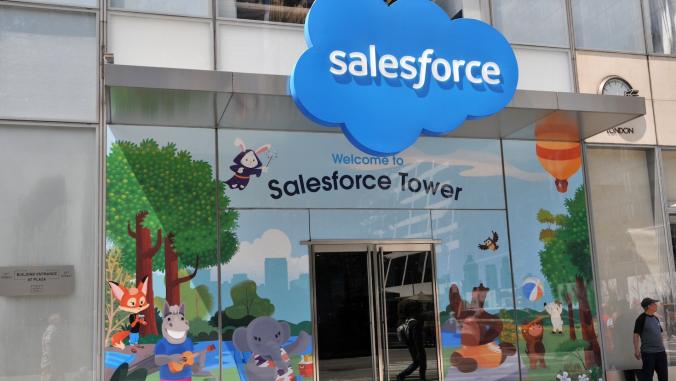'Total SPF' insurance covers investors from solar shortfalls
<p>Plenty of solar policies cover theft, damage or shoddy workmanship. SolarShield protects investors financing an installation.</p>

Solar panels at night via Shutterstock
More specialty insurers and general liability companies are expanding their offerings to cover solar systems, primarily for things such as panel theft, damage and shoddy installation.
But how are developers and investors covered when the sun doesn't shine?
Walsh Carter & Associates Insurance Services thinks it has an answer to that question. Over the past three years, it has refined a policy called SolarShield that will guarantee the minimum revenue that is supposed to be generated by a solar photovoltaic (PV) system in the event of a production shortfall.
"Ours is a simple policy that acts as a backstop for financial institutions that are concerned about system performance," said David Saisi, vice president of business development for the Walsh Carter solar practice, in the press release describing the new offering. "Our policy will make up any lost revenue due to a system underperformance, and it names the bank or financial backer as the loss payee for any claims."
SolarShield builds on the firm's existing coverage, the Total SPF Solar Protection Package, which covers fiscal risks associated with liability and property damage. "I saw a lot of gaps in coverage that had the potential to create calamitous results," said Gordon Bowman-Jones, Walsh Carter principal and director of engineering for the San Francisco-based company.
Walsh Carter started thinking about extending its coverage several years ago, after puzzling over why its close rate on quoted solar policies was so slow. It turns out that many of those projects weren't going forward because they weren't being financed.
That got the insurance broker thinking about how to address solar debt risks with a new sort of policy from AM Best A-rated and S&P A+ insurance carriers. (The chart above lists some coverage elements.)
"Whatever the debt source is on the loan, plus some of the overhead, we are guaranteeing that this will be serviced," Bowman-Jones said.
SolarShield policies are written for a three-year term; they can be renewed after that timeframe. It covers up to 85 percent of the projected revenue for a project (for example, the total would be about $250,000 per year for a 1-megawatt system). The financial institution is listed as the loss payee (it is directly paid if there is a claim).
Even though the new policy just launched in mid-August, three solar investors already hold the policy, Bowman-Jones said.
"Solar insurance is a very specialized field that requires a depth of knowledge about the many fiscal issues associated," said Luigi Resta, CEO of Scatec Solar North America, a utility-scale project developer, in a statement. "The Walsh Carter team has proven invaluable throughout our direct involvement with the financing, construction and operation of PV arrays since our company's beginning."
The anticipated sweet spot for the solar performance insurance currently centers on projects that are 3 megawatts in size. Right now, the coverage is focused on utility-scale projects, although Walsh Carter is considering a similar policy for residential installations, Bowman-Jones said.
To learn more about new energy finance models and the convergence of sustainability and technology, be sure to check out VERGE SF Oct. 14-17.
Image of solar panels at night by aslysun via Shutterstock.





